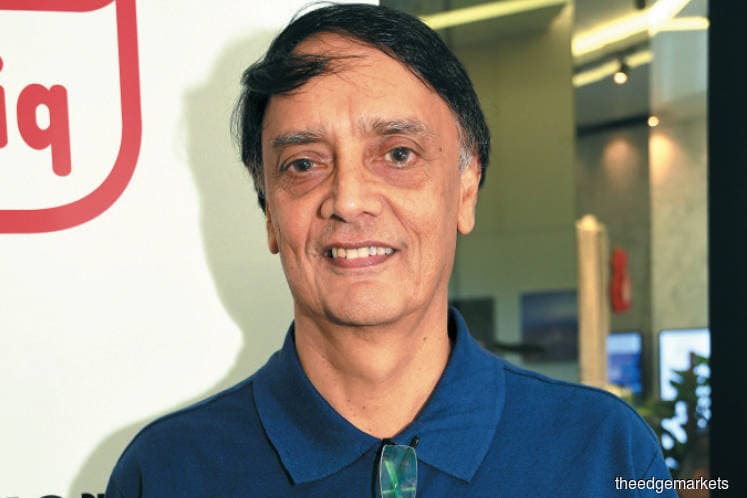
This article first appeared in Personal Wealth, The Edge Malaysia Weekly on February 4, 2019 - February 10, 2019
Those who have participated in equity crowdfunding (ECF) campaigns have much to look forward to this year. They could expect more issuances to be launched and the valuations of their existing investments to increase, say industry players.
This comes after a slow 2018, when the number of successful deals in the industry fell to 13 from 17 the previous year, according to the ECF report card released last November. In 2018, the outlook for ECF was largely affected by the 14th general election. Due to the uncertainties, many issuers, investors and platform operators postponed their activities until after the polls.
“No issuer was keen to go out in that business environment before the election. But once we resumed, we were doing at least one issuance a month. We are positive that there will be a lot more issuances this year. We already have a few companies lined up,” says Kashminder Singh, co-founder and chief strategy officer of pitchIN.
The platform operator has 23 companies in its pipeline planning to raise funds this year. The issuers include Bereev, Pantang Plus, StixFresh, Speedrent and AdvanxHealth.
Last year, PitchIN successfully ran eight deals and saw more than 1,200 investments on its platform, 55% of which by retail investors. According to the company, 75% of the funds raised via ECF in Malaysia were done on its platform.
The positive outlook is shared by Elain Lockman, co-founder of Ata Plus. She observes that there is a healthy pipeline of small and medium enterprises (SMEs) seeking to raise funds via ECF and expects the industry to double in size this year. “The RM50 million co-investment matching fund announced by the government under the current budget will further attract issuers to this alternative fundraising channel,” she says.
In 2018, Ata Plus listed nine ECF campaigns and raised a total of RM3,095,542. The average deal size was RM480,000. “Our target this year is to increase our number of listings by at least 30% to 12 campaigns,” says Elain.
Some companies that have raised funds via ECF campaigns have achieved a good growth rate. According to pitchIN, five of its issuers — Kakitangan, WOBB, MyCash, QEOS LED and Signature Market — have increased their revenue by four times or higher since they raised funds on the platform in the last one or two years.
“By and large, most of the companies that people invested through pitchIN are doing well. For example, at least six of the companies are about to raise additional funding. Venture capital firms have also invested in the companies, which then experience higher valuations,” says Kashminder, adding that pitchIN plans to offer deals of smaller sizes this year to fund earlier-stage companies.
Meanwhile, Elain observes that most of the up-and-coming start-ups that raise funds via ECF have a low-cost business model and “are in sectors that are relatively new and growing, so they can unlock value where it could not be done before”. This can contribute to their growth this year, she says. According to the ECF report card, industries with the most successful issuers are in technology, content, software development, e-commerce and financial technology (fintech).
Another factor that may draw investors to ECF platforms this year is the potential launch of a secondary market, which would allow investors to trade their ECF shares. Elain and Kashminder say they are ready to build the structure for a secondary market and are in talks with the Securities Commission Malaysia (SC) to come up the framework.
“The SC in the process of drafting the regulations and coming up with a framework. We hope that we will be able to launch the secondary market this year,” says Kashminder.
Despite warnings about a slowing global economy that will affect investor sentiment, Kashminder believes that investments in ECF shares are for the long term and they will be able to ride through the volatility. “ECF investments are long term in nature. You are betting on the stars of tomorrow,” he points out.
“Generally, in a weakening economy, it will be the nimble, small start-ups that thrive. However, we have always promoted ECF as just one tool for investors. Everyone should balance out their investments and allocate only a certain portion to ECFs, which can offer investors opportunities to gain high returns.”
Elain concurs. Typically, those that raise funds via ECF are not short-term companies, she says. “Economic activities are always cyclical. These companies [that raising funds via ECF] are building for the future and are looking to exit in six to eight years’ time.”
Save by subscribing to us for your print and/or digital copy.
P/S: The Edge is also available on Apple's AppStore and Androids' Google Play.